This week the Global Innovation team discussed their ideas for long-term projects. The five short term projects had covered major aspects of the community’s ability to develop sustainably and thus are important topics the group will keep in mind on as they move forward. Among them are access to electricity, water management, building infrastructure, and education. Some of the students decided to expand their short term projects into long term projects while others had different ideas they felt were important to develop. Most of the projects focus on the two locations where change is susceptible to make a long-term impact: the Ileret primary school and the medical clinic.
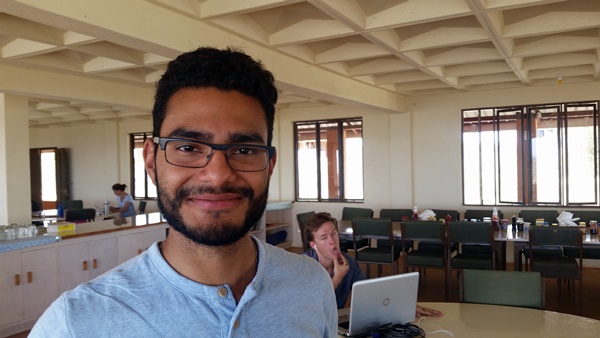
Giancarlos(left) of the Energy Micro-Grid Team
Giancarlos and Keena decided to keep working on energy availability in the town. Rodrigo suggested that they focus on considering a form of centralized power system for the town with a specific scope of providing energy to the clinic and the school, which are the major facilities that need energy in the area. One of the prospects of their long-term project will be considering how to design a centralized power bank of solar energy that can feed all the major buildings without incurring the complications evident in the town’s solar systems.
The team was also able to follow up with Madame Hilda and Beatrice. Apparently, the two community leaders have agreed to allow the energy team to replace the clinic’s regulator with the school’s working regulator. Once the two went into town to transfer the parts, they were dismayed to find that the system still didn’t work. Upon further inspection, the group realized that the battery in the clinic was not working, much like the others in the rest of the buildings they had seen. But, the original regulator was working; meaning access to a new battery would restore power to the clinic. The group then re-approached Beatrice and Madame Hilda with a new proposal. The two agreed that the students could use the school’s batteries, which are currently not in use, and replace the clinic’s nonworking batteries with them. After hauling the heavy power sources from the school to the clinic, the students were able to connect the batteries to the clinic’s system! After many hours of work, they brought Beatrice into the clinic. She flipped the switch and the lights turned on! The team restored power back to the main clinic building. This is an incredible accomplishment for them. One of the nurses told of their ordeal orchestrating a delivery in the maternity clinic the night before with no power in the building. Now, in the short-run, the nurses will not have to fret about dealing with patients in the dark at night.
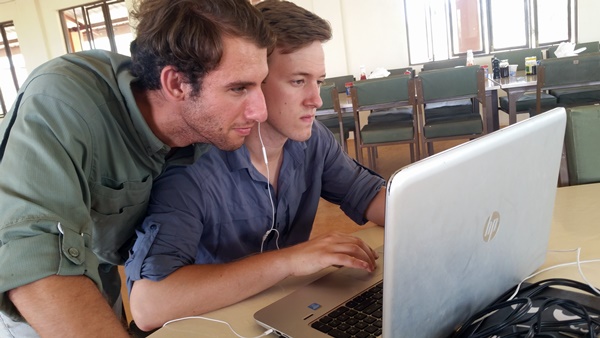
Joe(left) and Addison(right) close in on their project goals
The wastewater management team decided to stick with their topic and wanted to expand in larger territory. As dealing with waste is a problem in the community, Rodrigo suggested the duo consider a system that provides natural ways to treat waste for the town. From this suggestion and some brainstorming, the group created a two-part project. The first: designing different ways that a natural waste process could be implemented in the village. One of the challenges for this project is taking into consideration the nomadic nature of some of the locals in the community. Because they are not stationary in the long-term, having a single piece of infrastructure to handle different parts of their waste is not optimal. Joe and Addison plan on making the system particular to the primary school and medical clinic as they both have latrines available for use. The team is designing a system that can turn waste into a form of fertilizer to make a treatment operation that reduces waste in the community centers. They hope that despite not having a large farming culture, the reusable waste can provide new options in farming or can be sold as an export to provide income to the community.
The second part of the project is based around storm water management. Something the students have had high exposure to both in Ileret and Nairobi is the lack of irrigation systems available to properly deal with rainwater. The recent storm in Ileret created an incredible amount of erosion in roads and destruction of the homes in the local community. The team is conceptualizing infrastructure that can redirect storm water away from homes and communities. In addition, Professor Rodrigo taught a lecture on permaculture, or the conscious design and maintenance of productive ecosystems. Covered in this topic is how to create a harmonious integration of landscape and people meeting their food, energy, shelter, and other needs in a sustainable way. The students are considering implementing terraces in the landscape which are depressions in the face of a hill or slope that can slow down and collect water. The main priority is to redirect storm water, but an added effect is that vegetation can be grown around the edge of these depressions and will use the rainwater over time to grow vegetation or to provide water to livestock which directly affects the population’s ability to access food.
Some people wanted to expand on other ideas that they’ve had ruminating since the beginning of the program. Alan and Saffron, who worked on building a new classroom for the school, expanded on the topic of education and social programs.
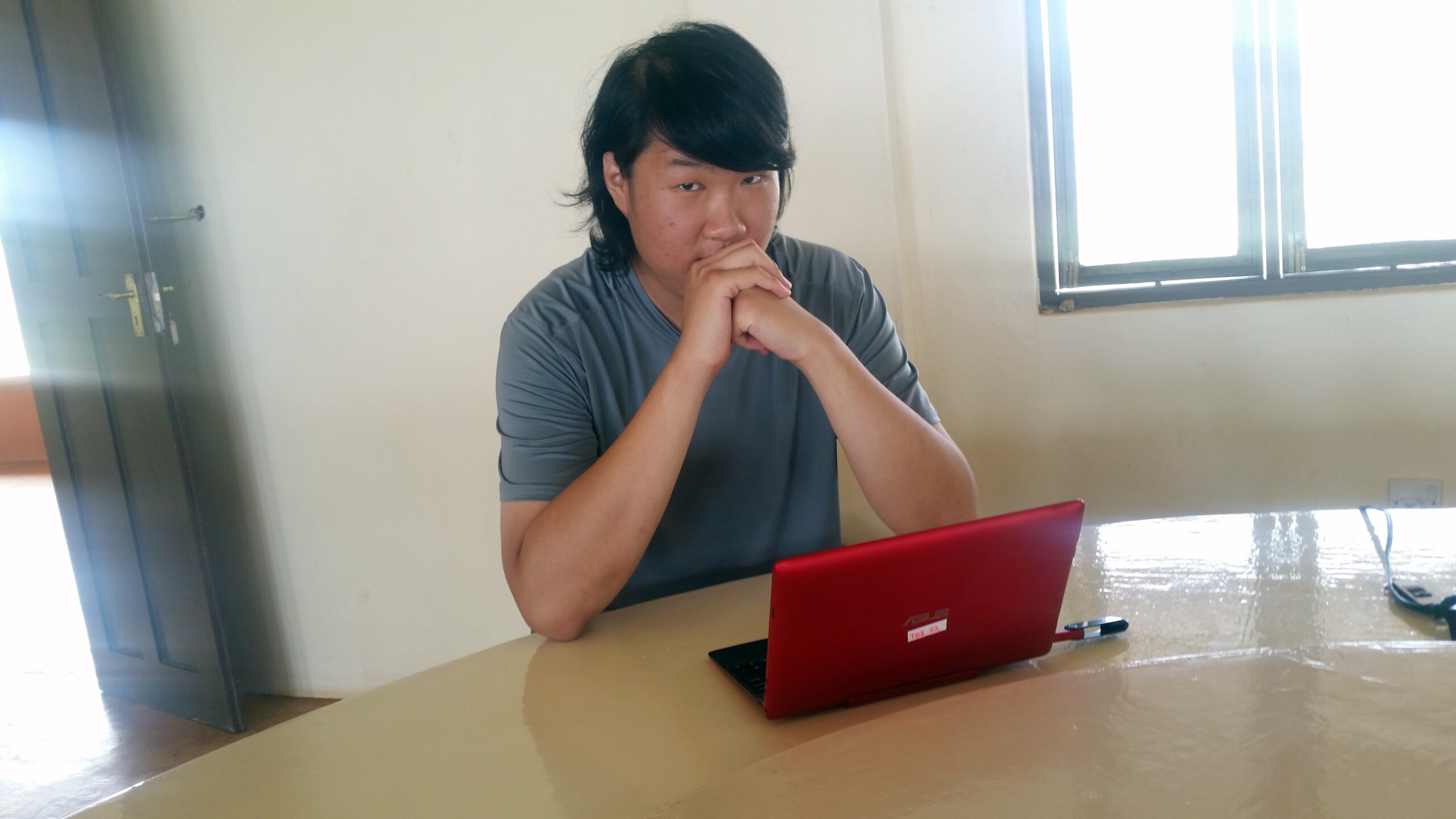
Alan focuses on the school system
Alan is choosing to face the challenge of education among the youth of the community. While the school and clinic are stationary facilities, many of the Dassanech community are nomadic and move locations around the general area. This makes having school or any commitment to a permanent structure or system unsuitable for their needs. After speaking with Rodrigo, Alan wants to discover an approach to creating a nomadic teaching program that would fit youth of the local community who live too far away from school and those who change locations. The concept of nomadic education could have many implications on local students’ ability to receive education and offer new opportunities to the community that fits their tradition.
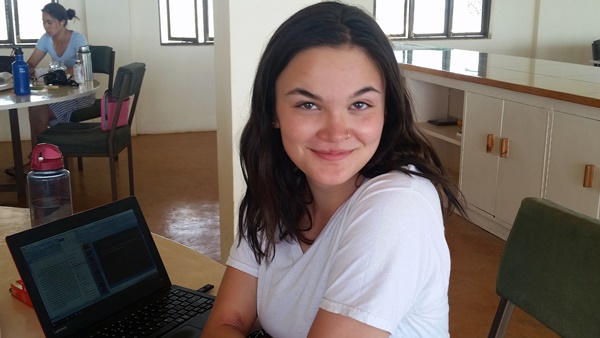
Saffron gleaming with excitement
Saffron has been heavily considering the social impact and education of the community as well. From the beginning, Saffron noticed that while the school boys would play football and other games with each other, many of the girls in the local primary school didn’t have a recreational outlet. Since then, Saffron has been thinking of ways to implement music into the school system. She has recently found out that there is a teacher at the school who wants to implement a music program for the students. Saffron has begun mocking up programs in which students can have weekly training with a conductor to learn music. She has been tinkering with some of the scrap material left around the local community and wants to work on creation of musical instruments using this material as her senior design project.
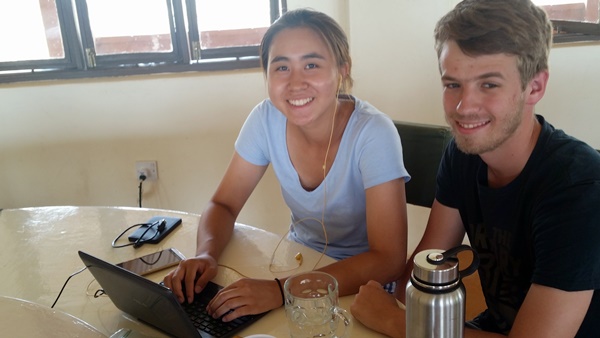
Wen and Jake excited to excited to make progress
Wen and Jake have been pushing their long-term project to create bone charcoal with the hope of filtering out fluoride in the water that the community uses. Now that they’ve completed their short term project with one last garbage collection, they plan to focus their efforts on testing the bone charcoal for its effectiveness. Their next job: determining how and if it will be an effective filter that can be used by local residents in the long-term. As a part two to their project, they are also conducting research on rainwater collection for the community. Rain is a precious resource that arrives only once every few months and can be a great gift because it supplies plants and livestock with water as well as supplies the riverbed with higher quality water that can be consumed. It can be a curse as well because of its destructive nature in the surrounding area. If rainwater can be captured, it could be a game-changer for the village. The team also completed their last trash collection with the community which was a success!
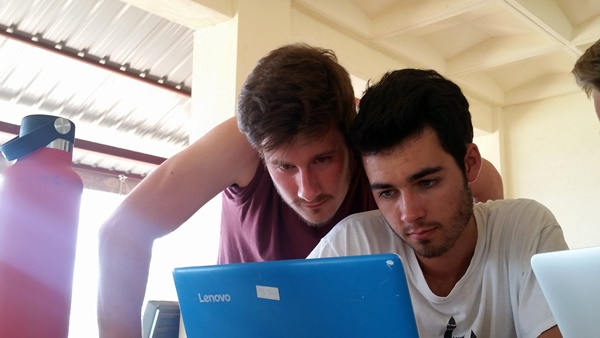
Brent and Nick diligently at work
Brent and Nick first considered expanding on their short-term project into designing an entire cold-room for the medical clinic. Rodrigo noted that this would be a great project, but would only act as a patch to the different problems they are experiencing at the clinic. He presented the challenge of having the students redesign the entire clinic to create the optimal layout for the facilities. The clinic is experiencing problems with bats, infrastructure and erosion problems, as well as wastewater issues. The group visited the clinic to infer about the things the clinic would need such as better storage options, more separated rooms for patients, sustainable electricity, and rearranging buildings for ease of movement. As they go forward, they are focused on designing a layout that fits the needs of the staff and patients.





